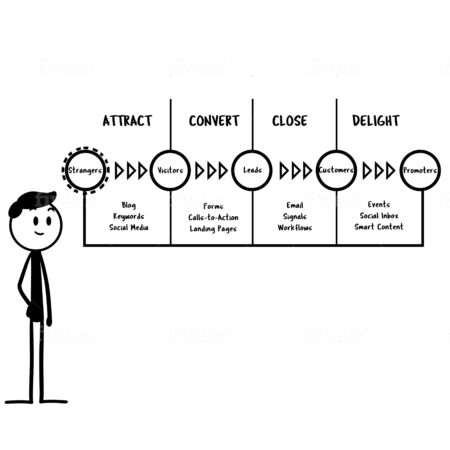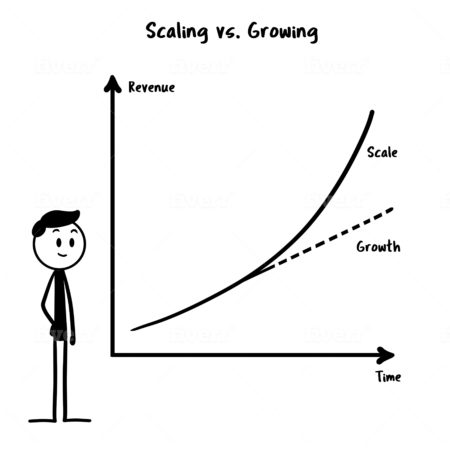Mindset of a ready-to-scale leader
MINDSET OF A READY-TO-SCALE LEADER
Welcome to “3”…three insights in about three minutes. Today we’re speaking with Jolien Demeyer, the author of Think Big Scale Fast. It’s a book on one of the most challenging obstacles that face startups and established businesses when they want significant growth. Jolien, you’ve outlined the requirements for successful scaling and call them The Four S’s. Give us a quick overview.
Jolien Demeyer: That would be the STRATEGY, so where do you want to go, and is your business capable to grow your business? The second one would be SYSTEMS in place, and do you really have that – the capabilities to grow your business with the right system processes, technology? The third one would be that SCALEUR mindset. Being a scaleur, but also an entrepreneur at the same time, and really having that mindset to and the desire to grow and scale your business. And the last one is a SUCCESS panel. It’s your dashboard; like, you know, where do you want to track you main KPIs on a daily basis? And, are you performing good or not good? And, I think overall, I think you already can guess it, but the hardest one is having that scaleur mindset.
Drew: Oh, mindset is a challenge. When it comes to getting a better understanding, I think I would get more clarity by hearing what the wrong scaling mindset sounds like. Can you give us an example?
Jolien: Wrong is always a hard word, right? So I would say, rather, weaker mindsets. But if I would think about three things, I would think about being set in your comfort zone. You want to grow, but, in fact, at the same time, you don’t want to take any risk. The second one I would think about is not letting go, not delegating, not taking ownership, and just doing everything on your own because you don’t trust anyone. And, then the third one is all about, you know, not willing to do what is required. For instance, laying off people. And in a scaling phase, you need to sometimes let go of people because they’re not in that scaling culture.
Drew: Oh, I’ve seen that play out with an employee that was part of a startup and as the company grew, the employee became more and more out of place. The founder said, “I can’t get rid of him. He’s like family.” My response was, “I’ve seen your children work here; you don’t let them get away with that kind of stuff.” Enough with the negative. Jolien, tell us what does a great scaling mindset look like?
Jolien: So if I would think about it as well the three things, I would think about being positive, but also very realistic. You know, you can be very positive, but you also need to stay with the feet on the ground. And for instance, simple things like celebrating the small successes can always help. The second thing that I’m thinking about is, you know, understanding the worst case scenario, and if that would happen, you know, still you would be comfortable living with that. And a third one, being open-minded, doing new things, and seeing failure, you know, as a kind of a learning. So that is all about a great positive mindset. And I think a lot of owners or business scaleurs, however you say it, they see that scaling a business is all about the rollercoaster, so you really have to be set for that ride.
Drew: Those are great points, Jolien. Mindset is critical to business, to life, to everything! But especially when you’re looking for fast growth. That’s it for this edition of “3”. I’m Drew Dinkelacker, President of MarketingAccelerator.com, where we provide Chief Marketing Officer resources to business leaders and their marketing leaders.
Become a Successful Scaleur
Scaling is a strategy that can only be mastered by a scaleur who is a dedicated learner and considers real-time business priorities. I hope the article above has helped! Marketing Scaleurs is a scaling company that helps entrepreneurs scale their marketing efforts. We’re experts in growth marketing, product development, and more, creating custom growth plans for startups, entrepreneurs and scaleurs in order to help them gain traffic, generate leads and increase their revenue.
If you want traffic, leads and sales, get in touch and you’ll start getting results in no time!















